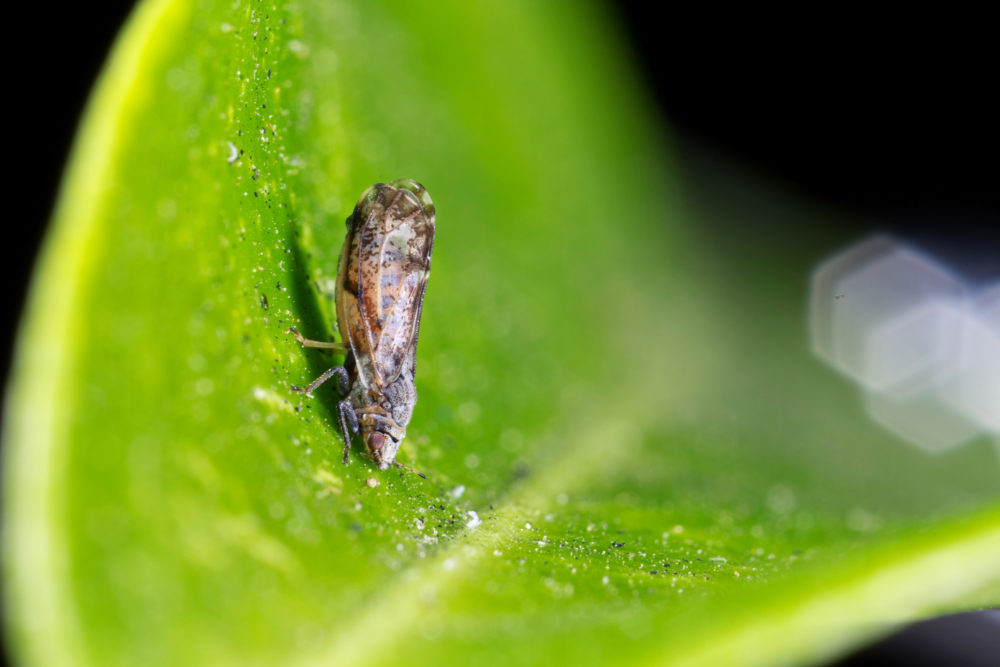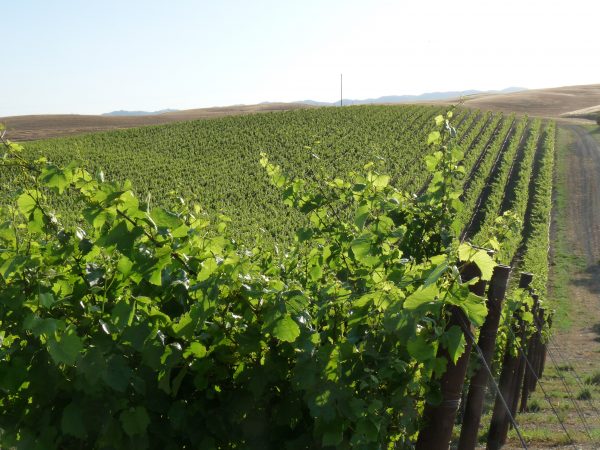Associations, Organizations, Educational and Research Institutions
Despite Great Harvest, California Apple Growers Face Challenges
California Apple Growers Face Regulatory Disadvantage
By Patrick Cavanaugh, Farm News Director
Many California apple growers are in the midst of harvest season right now. Alex Ott, executive director of the Clovis-based California Apple Commission expects a 3% increase in production across the country. Ott foresees a 1% increase in California this season, where apples stand out because of their freshness.
“California is the fifth largest producer of apples in the United States,” Ott explained. “We are about the third largest exporter of apples in the United States. We like to pick, pack and ship. Unlike other states that like to store fruit and have that fruit around longer, California apple growers like to get in and get out,” Ott said.
“We have a small marketing window and we pride ourselves on fresh crops,” Ott elaborated. “So we try to get out of the market no later than December. Sometimes we go as late as January, but the idea is to [quickly] fill that niche window between the Chilean and the Washington state fruit.”
Yet, the California apple industry faces challenges going forward. Ott stated, “Over the last five years, California apple crop production has decreased by nearly 39%. A lot of that has to do with the changing of the crops. Any time you start to see an uptick in another crop, especially when it is not hand labor-intensive like apples, you will see a migration to those types of crops.”
Transitioning toward less labor-intensive crops may accelerate since Gov. Jerry Brown signed AB 1066. This bill will enable California farm employees to accrue overtime pay after working an 8-hour day, instead of a 10-hour day.
“It’s definitely going to be a challenge for California apple growers,” Ott said, especially given the labor shortage. “So apple production in the state will decrease.”
Ott lamented many countries already produce a lot of these other less labor-intensive crops. AB 1066 definitely puts us at a competitive disadvantage in keeping up with demand. The challenge is how can California apple growers compete with farmers in other state and countries who can do it faster and cheaper?













 In a ingenious effort to control the spread of the psyllid, t
In a ingenious effort to control the spread of the psyllid, t

























